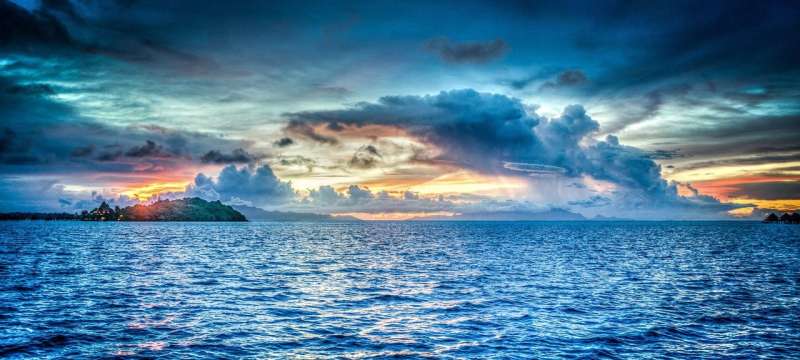Marine life is disappearing, imperiling San Diego's future

Just as scientists are starting to understand the life forms and landscape of the ocean, they are also coming to grips with the threat of mass extinctions, speakers said at a marine biodiversity forum last week.
The forum, at Scripps Institution of Oceanography, featured French scientific leaders and their American counterparts from the San Diego area. They addressed the marine issues raised in an international report on global biodiversity released earlier this month, arguing that conservation is just as important as stabilizing the climate.
"In France, we say that climate and biodiversity have to be linked for recovery of the planet," said Jean-Francois Silvain, president of the Paris-based Foundation for Research on Biodiversity.
The global report was released by the Intergovernmental Science-Policy Platform on Biodiversity and Ecosystem Policy, a body whose lengthy name matches the scope of the project. The organization enlisted 500 scientists from 132 nations to review 15,000 publications on biodiversity, said Anne Larigauderie, executive secretary of the organization.
"We really feel that there is a step change in the way that the world is starting to look at this topic of biodiversity," Larigauderie said. "We are elevating the conversation."
The report returned sobering results, concluding that one million species are at risk of extinction, out of an estimated eight million species.
"Nature is being degraded at a rate and scale unprecedented in human history," Larigauderie said.
Marine species are among the most vulnerable, she said, noting that 30% of reef-forming corals are threatened, 33% of fisheries are over-fished, 33% of marine mammals are threatened, and 55% of the ocean is subject to industrial fishing.
That has profound implications for coastal communities such as San Diego, which depend on the ocean for food, tourism, recreation and biotechnology.
For instance, marine researchers are exploring how ocean organisms could be used to develop new pharmaceuticals, said Lisa Levin, a professor with the Integrative Oceanography Division and Center for Marine Biodiversity and Conservation, at Scripps. The San Diego region is investing in innovations in the marine sector, recognizing both the economic and environmental benefits of those ventures.
"There's always a great interest in the green and blue economies," Doug Bartlett, a professor of marine microbial genetics at the Center for Marine Biotechnology and Biomedicine, Marine Biology Research Division at Scripps.
Researchers are plumbing the ocean depths with fleets of submersibles and remotely operated vehicles, and have found life in places where, biochemically speaking, it shouldn't exist.
"We've discovered animals that can live at the hottest temperatures known, (organisms) that live on hydrogen sulfide, and animals that can live in practically no oxygen at all," said Levin, whose own career has focused on deep ocean exploration.
They have discovered deep-sea animals that live hundreds to thousands of years, and sponges with fiber optic light conduction.
"We've come to realize that the deep sea basically has a wealth of biodiversity and we've begun to think of the deep ocean as the rain forests of the deep, especially sponge and coral gardens," Levin said.
As scientists marvel at those discoveries, industry is also eyeing the deep ocean for oil and gas extraction, rare mineral mining and deep-sea fishing, she said. Without knowing what lives there, it's extraordinarily difficult to draft regulations to protect it.
Moreover, plastic pollution and other trash has been found in the most profound reaches of the ocean, down to the bottom of the Mariana Trench, researchers said. Amphipods in the Pacific trenches carry plastic pollutants and toxic flame retardants in their bodies, Bartlett said. And deep sea expeditions have captured surreal images of items ranging from bags and bottles, to running shoes and mannequin heads, miles below the sea surface.
"The deep ocean has to be a really important part of the human future, and this is a really critical time for us to put our efforts toward maintaining the integrity of these ecosystems," Levin said.
The biodiversity report was patterned after the landmark climate documents produced by the Intergovernmental Panel on Climate Change, which has convened scientists from around the world to analyze knowledge on global warming. The authors hope their report will offer similar tools for local and national policy makers, and educate the public about the benefits of the natural world, as well as the risks it faces.
"We have to return all people to nature, to biodiversity," Silvain said. "It's a problem of pedagogy. We have to increase the knowledge each of us has about biodiversity. We have to look not only at exotic species, but what it is around us, and how to preserve these creatures and plants."
©2019 The San Diego Union-Tribune
Distributed by Tribune Content Agency, LLC.

















